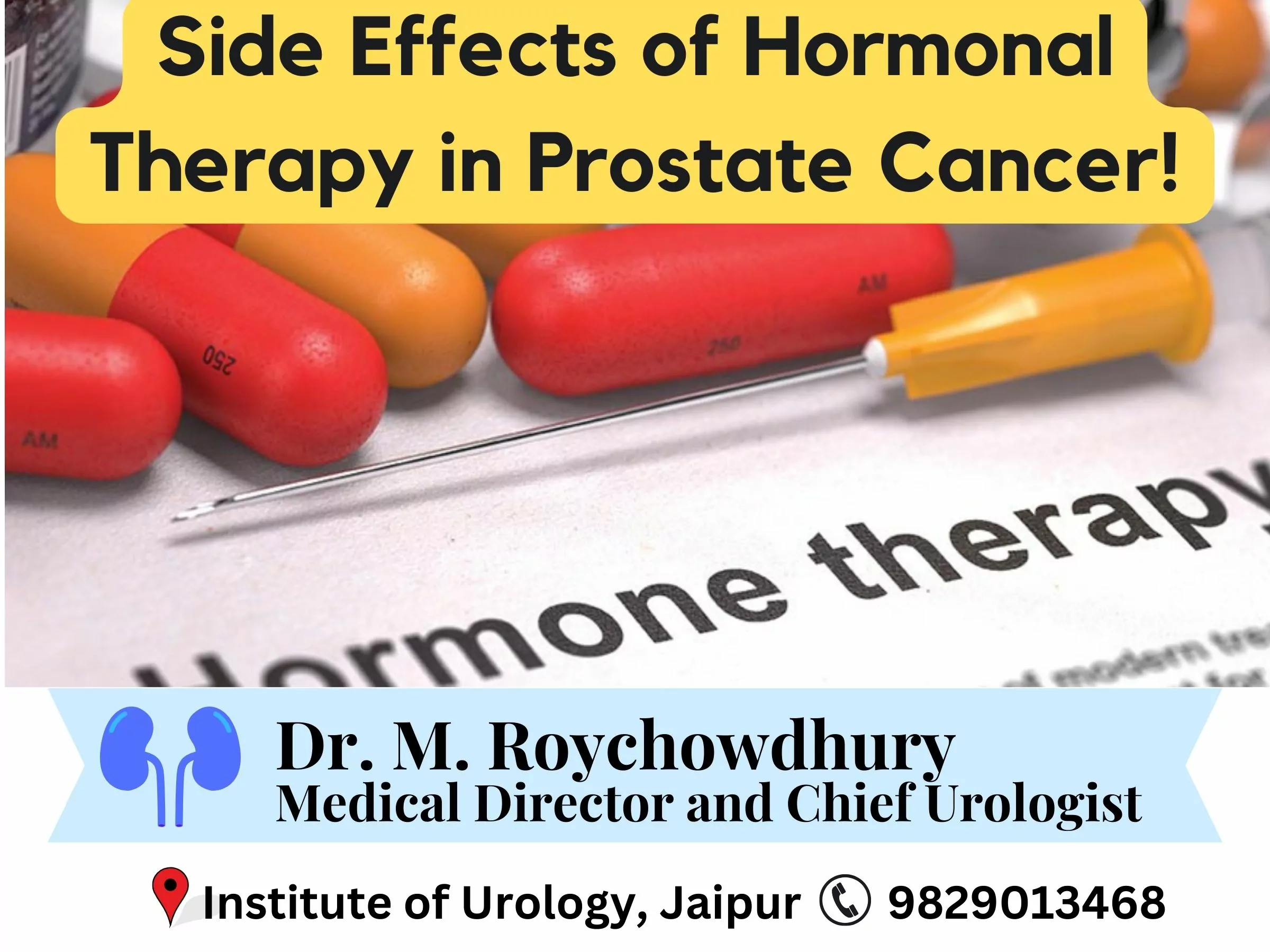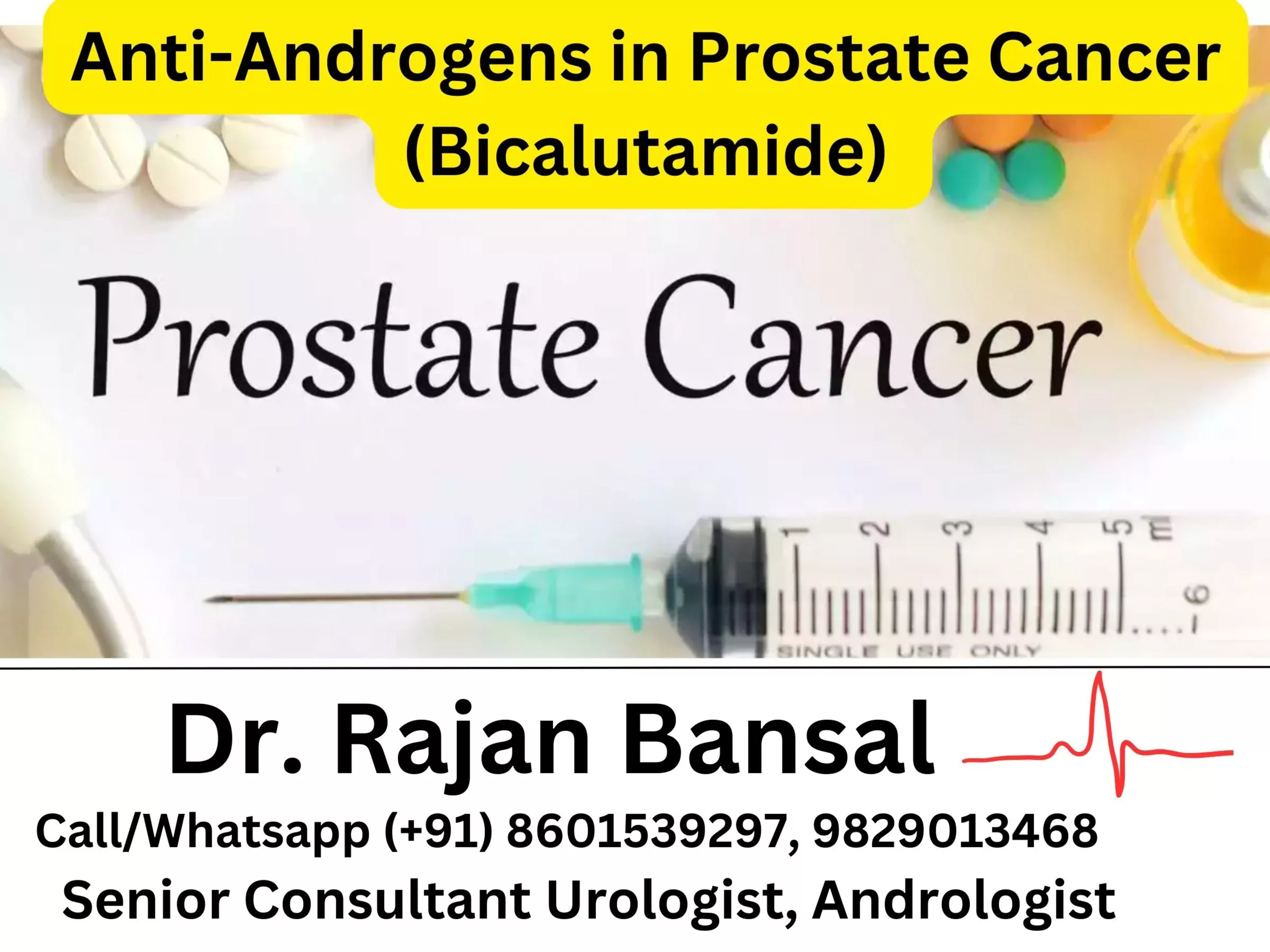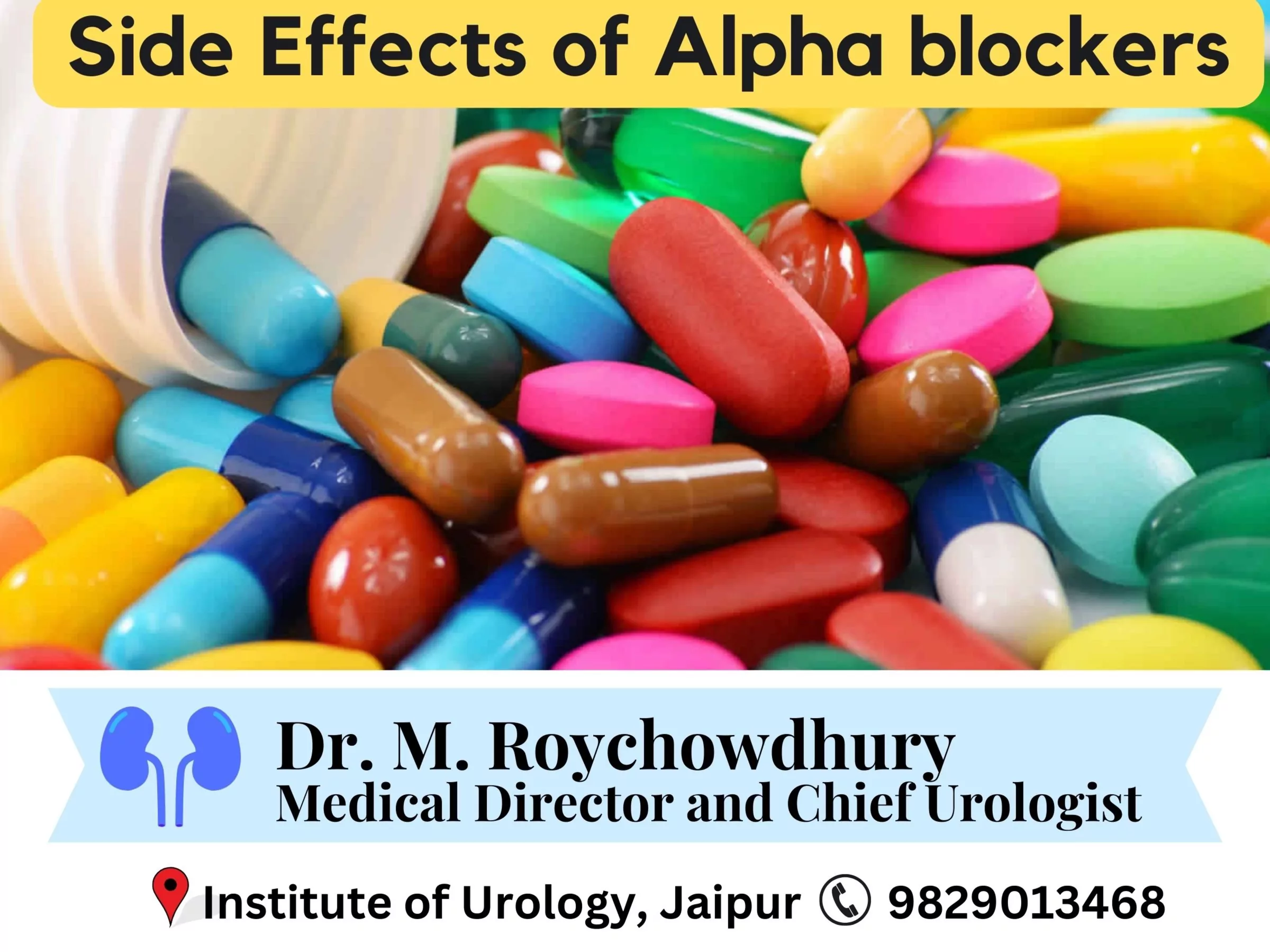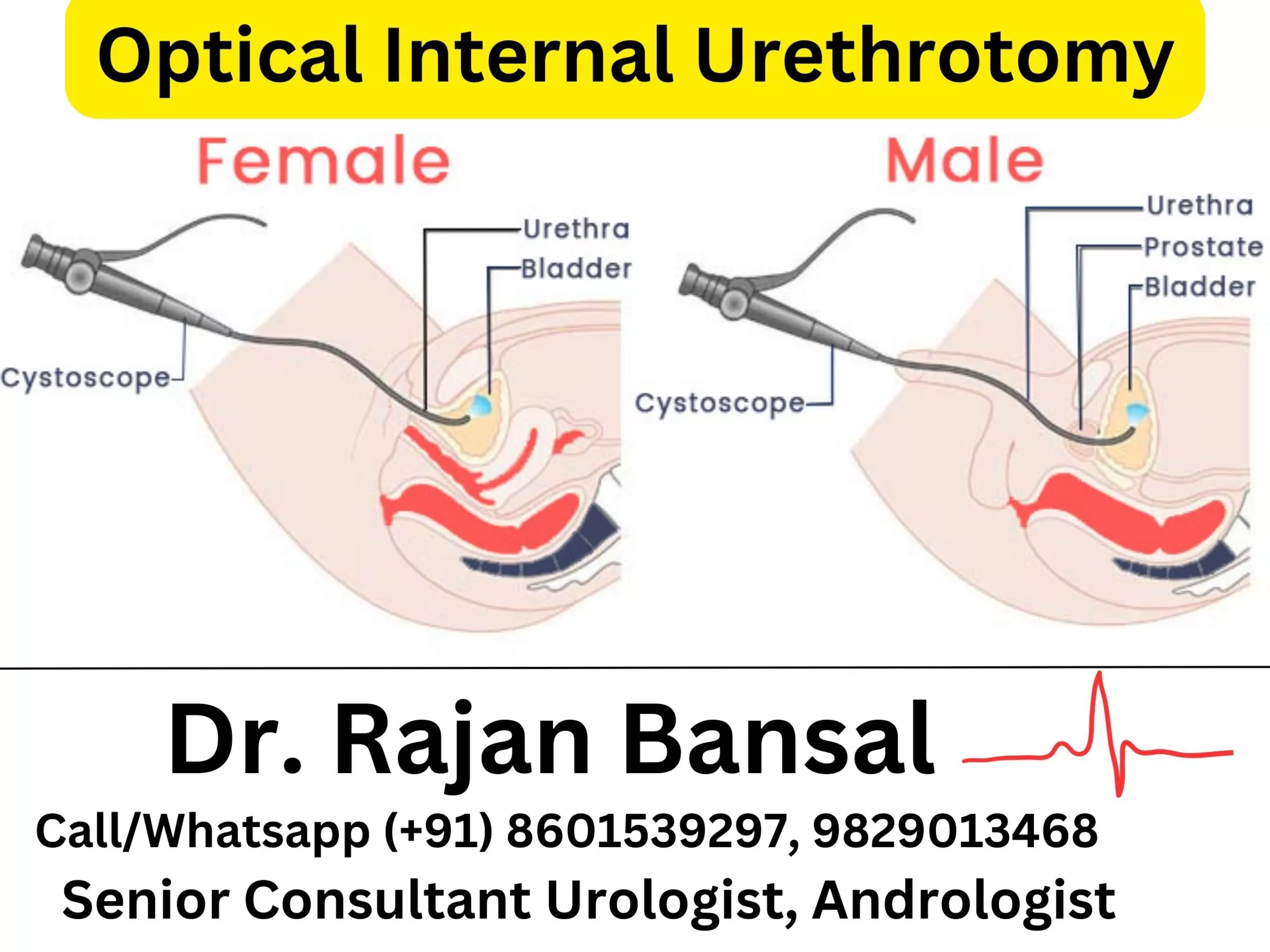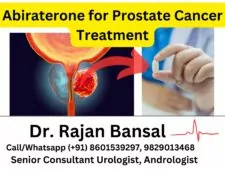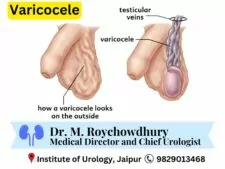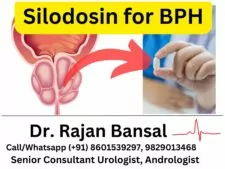Torsion of Testes / Testicular Torsion Explained: Testicular torsion is a serious medical condition that occurs when the spermatic cord, which provides blood flow to the testicles, becomes twisted, leading to reduced or blocked blood supply to the affected testicle. This lack of blood flow can cause severe pain and swelling and, if left untreated, can result in tissue damage or the loss of the affected testicle.
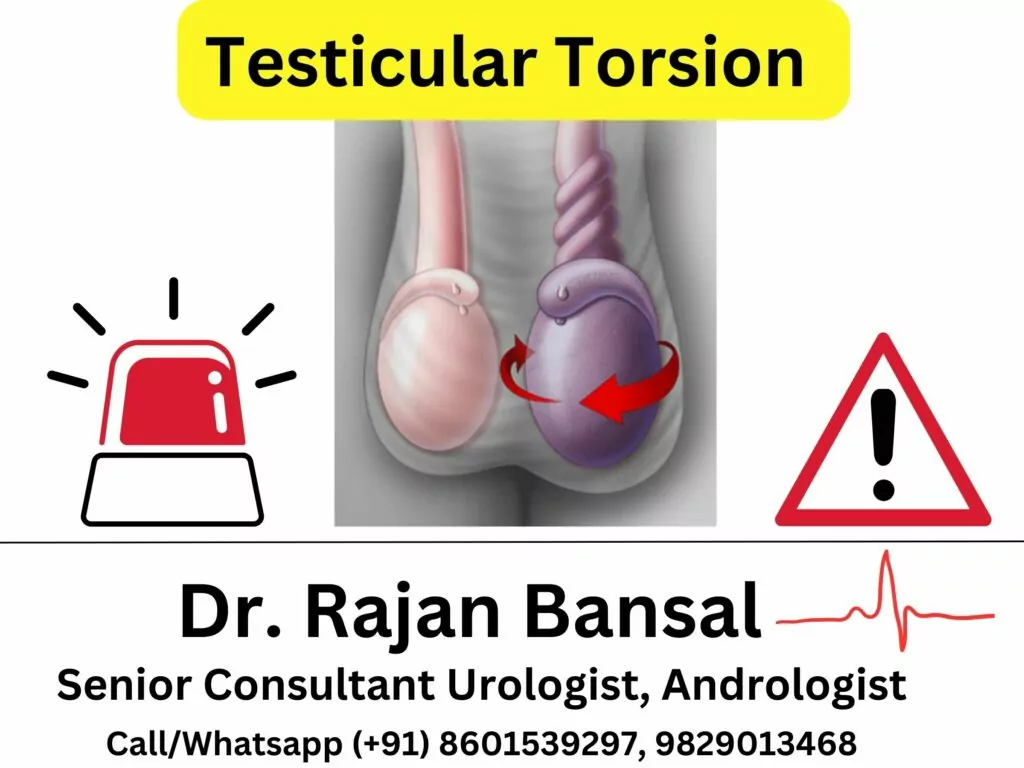
This condition is considered a medical emergency because the sudden reduction in blood flow to the testicle can lead to ischemia (lack of oxygen) and tissue death in a matter of hours. Testicular torsion most commonly occurs in young males, often between the ages of 12 and 18, but can happen at any age.
The exact cause of testicular torsion is not always clear, but it is often associated with certain anatomical factors that allow the testicle to rotate more freely within the scrotum. These anatomical variations can make the testicle more prone to twisting, especially during physical activity or trauma to the groin area. The majority of testicular torsion cases happen in individuals with a condition known as a “bell clapper” deformity.
Typically, testicles are securely attached to the scrotum, preventing twisting. However, individuals with this deformity have testicles that hang loosely in the scrotum, similar to a clapper in a bell, which can swing freely. This excessive movement increases the risk of twisting.
What to do if You Suspect Testicular Torsion?
If you suspect testicular torsion, it’s crucial to act quickly as it’s a medical emergency that requires immediate attention. Here’s what you should do:
Seek Emergency Medical Care Immediately: Don’t wait or try to manage the pain at home. Go to the nearest emergency room or call for an ambulance.
Do Not Delay: Testicular torsion requires urgent medical intervention within hours to prevent permanent damage or loss of the affected testicle.
Do Not Attempt Self-Treatment: Avoid trying to manually untwist the testicle or applying home remedies. This could worsen the condition.
Remember, if you wait a long time to get treatment, the risk of losing your testicle increases as
follows:
- When treated within 4 to 5 hours, almost all patients save their testicle.
- When treated after 12 hours, only about 50% patients save their testicle.
- When treated after 24 hours, only about 10% patients save their testicle.
Causes of Testicular Torsion
- Anatomical Predisposition: Certain anatomical factors within the scrotum can make the testicle more prone to twisting. This includes the length of the spermatic cord, the attachment of the testicle within the scrotum, or anomalies in the tissue surrounding the testicle.
- Trauma or Injury: Direct trauma or injury to the scrotum, such as during sports activities, accidents, or trauma, can trigger testicular torsion, especially in individuals with anatomical predispositions.
- Rapid Growth or Developmental Changes: During puberty or times of rapid growth, the increased size and mobility of the testicles may contribute to a higher risk of torsion due to changes in the tissues or ligaments supporting the testicle.
Risk Factors for Testicular Torsion
- Age: Testicular torsion most commonly occurs in adolescents and young adults, typically between the ages of 12 and 18, but it can happen at any age.
- Previous Occurrence: Individuals who have experienced testicular torsion in one testicle are at a higher risk of experiencing it in the other testicle.
- Family History: A family history of testicular torsion or anatomical variations can increase the risk for future occurrences among male relatives.
- Cold Weather: Some cases suggest a correlation between colder temperatures and an increased risk of testicular torsion, though the exact relationship remains unclear.
Symptoms of Testicular Torsion
- Sudden and Severe Testicular Pain: The most common symptom is abrupt and intense pain in
the affected testicle or scrotum. The pain may come on suddenly and may be severe, throbbing,
or sharp. - Swelling and Redness: The affected testicle might become swollen, and the scrotum may
appear reddened or inflamed. - Abdominal Pain: Some individuals may experience abdominal pain or discomfort in addition
to testicular pain. - Elevated Testicle (High-Riding Testicle): The affected testicle may appear higher than usual
within the scrotum due to the twisting of the spermatic cord. - Nausea and Vomiting: Severe pain associated with testicular torsion can cause nausea and
vomiting in some cases. - Discomfort or Pain with Movement: Activities that involve movement or pressure around the
groin area might exacerbate the pain.
It’s essential to note that symptoms can vary from person to person, and not all individuals will
experience all of these symptoms. However, sudden and severe testicular pain, especially when
accompanied by swelling, redness, or changes in the position of the testicle, should prompt
immediate medical attention. Delay in seeking treatment can lead to irreversible damage to the
testicle (Testicles may appear blue or grey) due to reduced blood flow, potentially resulting in tissue
death or loss of the testicle.
Diagnosis of Testicular Torsion
The diagnosis of testicular torsion involves a combination of medical history, physical examination,
and imaging tests. An expert urologist always has a high level of clinical suspicion because it helps
him differentiate torsion from other conditions with similar symptoms. Here’s an overview of the
diagnostic process:
Medical History:
Doctors will ask about the onset of symptoms, including the duration and severity of testicular pain,
any recent trauma or injury to the groin area, and any previous episodes of similar pain.
Physical Examination:
A physical examination is crucial in diagnosing testicular torsion. The doctor will examine the
scrotum, testicles, and groin area, looking for signs of swelling, redness, tenderness, and changes in
the position of the testicle. They may also check the cremasteric reflex, which involves gently
stroking the inner thigh to observe the normal reflexive movement of the testicle. In testicular
torsion, this reflex might be absent or abnormal.
Imaging Tests:
To confirm the diagnosis and rule out other potential causes of testicular pain, healthcare providers
may recommend imaging tests such as:
Scrotal Ultrasound: This non-invasive imaging test uses sound waves to create images of the
testicles and surrounding tissues. It helps visualize blood flow to the testicles and can identify signs
of testicular torsion, such as decreased or absent blood flow to the affected testicle.
Color Doppler Ultrasound: This variation of the ultrasound can assess blood flow within the
testicles and can help differentiate between testicular torsion and other conditions causing similar
symptoms.
Differential Diagnosis of Testicular Torsion
Testicular torsion symptoms can resemble other conditions like epididymitis (inflammation of the
epididymis) or testicular trauma. The healthcare provider will use the history, physical examination,
and imaging findings to differentiate between these conditions and confirm the diagnosis.
Treatment Options for Testicular Torsion
Emergency management of testicular torsion is critical due to the potential for irreversible damage
to the testicle within hours. If testicular torsion is suspected, immediate medical attention is
essential. It is of paramount importance to reach a urologist within 4 hours.
Manual Detorsion (In Some Cases): In certain situations and if feasible, healthcare providers
might attempt manual detorsion. This involves carefully rotating the affected testicle by hand to try
to untwist the spermatic cord and restore blood flow. However, manual detorsion should only be
performed by trained medical professionals and might not be appropriate for all cases.
Surgical Intervention (Orchiopexy): Most cases of testicular torsion require surgical intervention
called orchiopexy. This procedure involves surgically untwisting the affected testicle and securing it
within the scrotum to prevent future episodes of torsion. Orchiopexy is often performed
immediately or shortly after diagnosis to prevent further damage and reduce the risk of testicular
loss.
Pain Management and Post-Treatment Care: After surgery or any intervention, pain
management and post-treatment care instructions will be provided. Follow-up appointments may
also be scheduled to monitor recovery and ensure proper healing.
Complications and Long-Term Effects
Testicular Damage: If testicular torsion is not promptly treated, the lack of blood flow can lead to
tissue damage or necrosis (tissue death) in the affected testicle. Severe or prolonged torsion
increases the risk of irreversible damage, potentially affecting testicular function.
Loss of the Testicle: In severe cases where blood flow is completely cut off for an extended period,
the affected testicle may undergo extensive damage, requiring surgical removal (orchiectomy) to
prevent infection and complications. Losing one testicle might affect fertility and hormone
production but may not necessarily render a person infertile.
Impaired Fertility: Testicular torsion, especially if it results in the loss of one testicle or causes
damage to both testicles, can impact fertility. Reduced sperm production or quality might affect a
person’s ability to father children in the future.
Chronic Pain: Some individuals may experience ongoing or chronic testicular pain following
testicular torsion, even after successful treatment. This persistent pain can affect daily activities and
quality of life.
Psychological Impact: Coping with the experience of testicular torsion, particularly in cases
leading to the loss of a testicle, might have psychological implications, causing emotional distress
or affecting body image and self-esteem.
Increased Risk of Future Torsion: After experiencing testicular torsion in one testicle, there might
be a slightly higher risk of torsion occurring in the other testicle, especially if anatomical
predispositions or risk factors remain unchanged.
Recognizing and seeking immediate medical attention for testicular torsion can significantly reduce
the likelihood of complications and long-term effects.
Preventive Measures for Testicular Torsion
- Medical Consultation: If you have a family history of testicular torsion or known anatomical
variations, consult a healthcare provider for an evaluation. Understanding your risk factors can help
in proactive management. - Protective Gear During Sports: For individuals involved in sports or activities that might pose a
risk of trauma to the groin area, wearing protective gear, such as a jockstrap or athletic supporter,
can potentially reduce the risk of injury. - Avoidance of Trauma: Take precautions to prevent injuries to the scrotum or groin area. This
includes being cautious during physical activities and avoiding situations that could lead to direct
trauma. - Awareness and Prompt Action: Educate yourself about the symptoms of testicular torsion. Any
sudden and severe testicular pain or swelling should prompt immediate medical
Testicular Torsion Treatment in Jaipur, Rajasthan – Institute of Urology, C Scheme
In conclusion, testicular torsion stands as a critical medical emergency demanding immediate
attention. Its abrupt onset and potential for irreversible damage underscore the importance of
awareness, prompt recognition of symptoms, and swift medical intervention. While preventive
measures may offer some assistance, the unpredictable nature of this condition emphasizes the
paramount significance of seeking immediate medical care upon symptom onset.
Timely intervention not only alleviates the risk of complications such as testicular damage or loss but also
plays a crucial role in preserving testicular function and ensuring the best possible outcomes for
individuals affected by this condition. Continued research, awareness, and proactive management
remain vital in enhancing our understanding and management of testicular torsion for improved
patient outcomes and quality of life.
If you are experiencing any testicular pain, contact a hospital with expert urologist immediately. At
Institute of Urology, Jaipur we are at your disposal 24 x 7 for any emergency medical condition
related to urology. Do not wait and do not try to untwist the testicle yourself. Contact a specialist
without delay. Even minutes matter a lot so that your testicle can be saved. At Institute of Urology,
we are equipped with all the basic blood testing and imaging facilities within the hospital premises
so that the patient does not have to go to different places for tests. Everything is provided within the
hospital itself ensuring “Total Urology Care Under One Roof”
You can also avail the facility of online consultation before visiting us in person in order to discuss
your problems with our Senior Urologist. We can be reached at the following numbers:
Dr. M. Roychowdhury – 9929513468
Dr. Rajan Bansal – 8601539297

